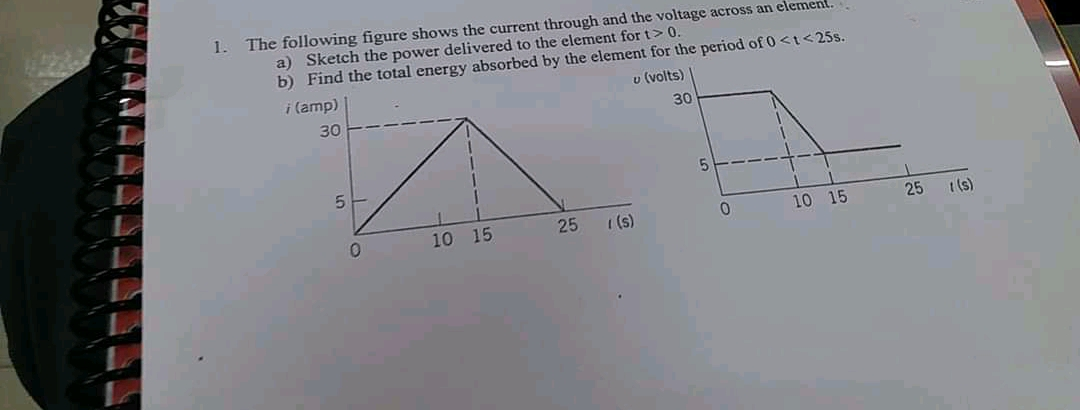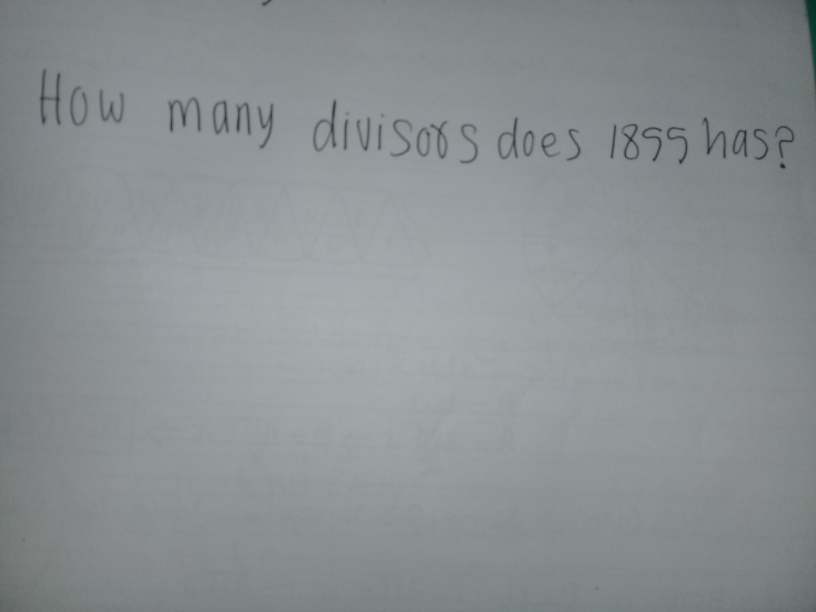
AllQuestion and Answers: Page 1323
Question Number 81854 Answers: 1 Comments: 1

Question Number 81853 Answers: 1 Comments: 2
Question Number 81843 Answers: 2 Comments: 5

Question Number 81851 Answers: 0 Comments: 0
Question Number 81836 Answers: 0 Comments: 0

Question Number 81835 Answers: 0 Comments: 1

Question Number 81829 Answers: 1 Comments: 2

Question Number 81828 Answers: 0 Comments: 0

Question Number 81824 Answers: 1 Comments: 0

Question Number 81821 Answers: 1 Comments: 0

Question Number 81804 Answers: 2 Comments: 1

Question Number 81801 Answers: 1 Comments: 1

Question Number 81797 Answers: 0 Comments: 1

Question Number 81794 Answers: 1 Comments: 2

Question Number 81786 Answers: 0 Comments: 5

Question Number 81913 Answers: 0 Comments: 1

Question Number 81771 Answers: 1 Comments: 3

Question Number 81769 Answers: 0 Comments: 2

Question Number 81768 Answers: 1 Comments: 4

Question Number 81763 Answers: 0 Comments: 2
Question Number 81760 Answers: 0 Comments: 2
Question Number 81759 Answers: 0 Comments: 1

Question Number 81755 Answers: 1 Comments: 0

Question Number 81750 Answers: 0 Comments: 0

Question Number 81741 Answers: 0 Comments: 2

Question Number 81740 Answers: 0 Comments: 1

Pg 1318 Pg 1319 Pg 1320 Pg 1321 Pg 1322 Pg 1323 Pg 1324 Pg 1325 Pg 1326 Pg 1327
